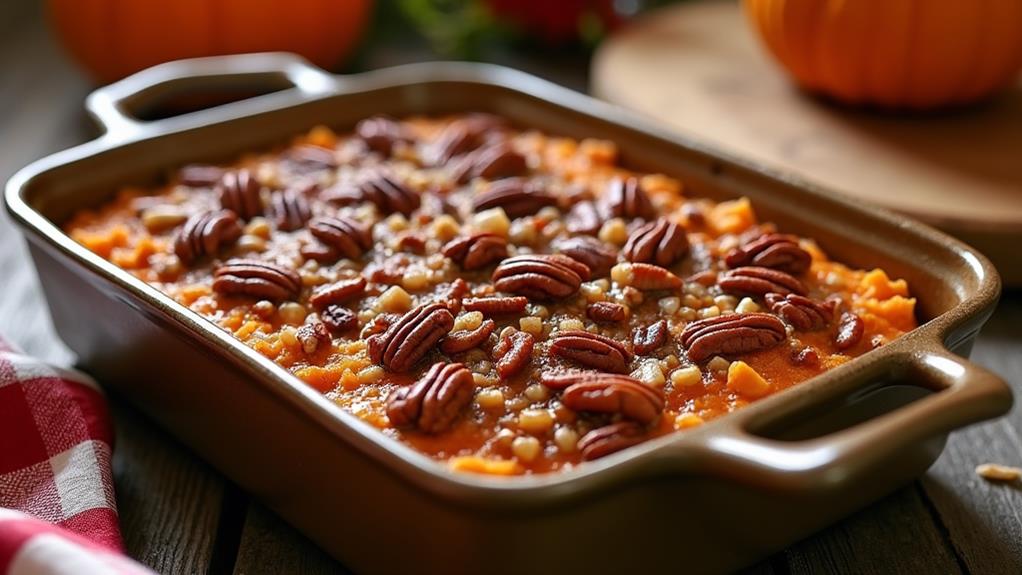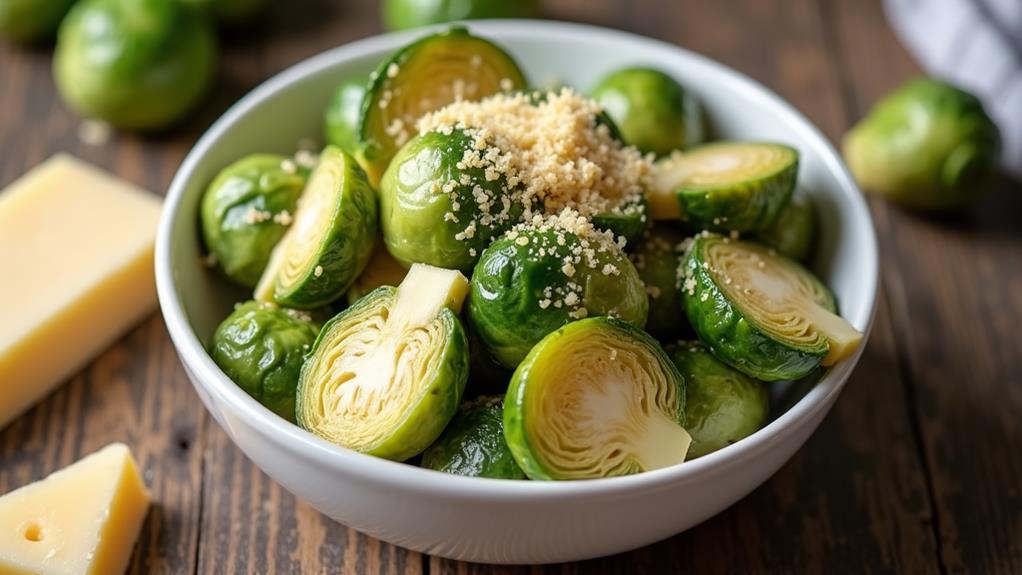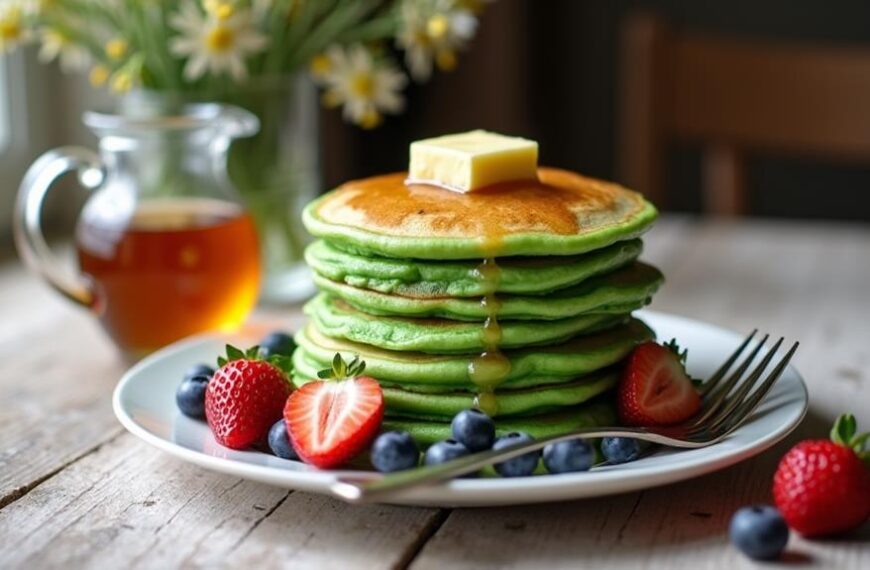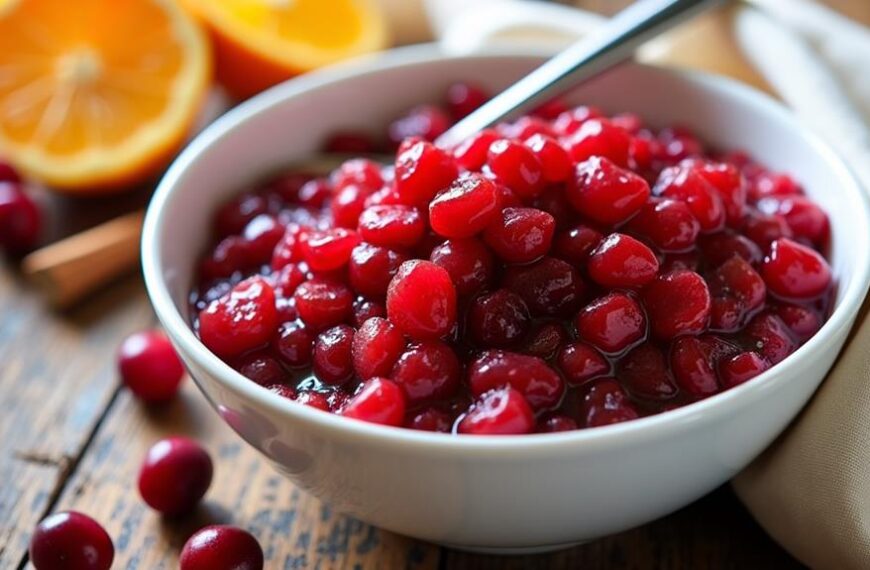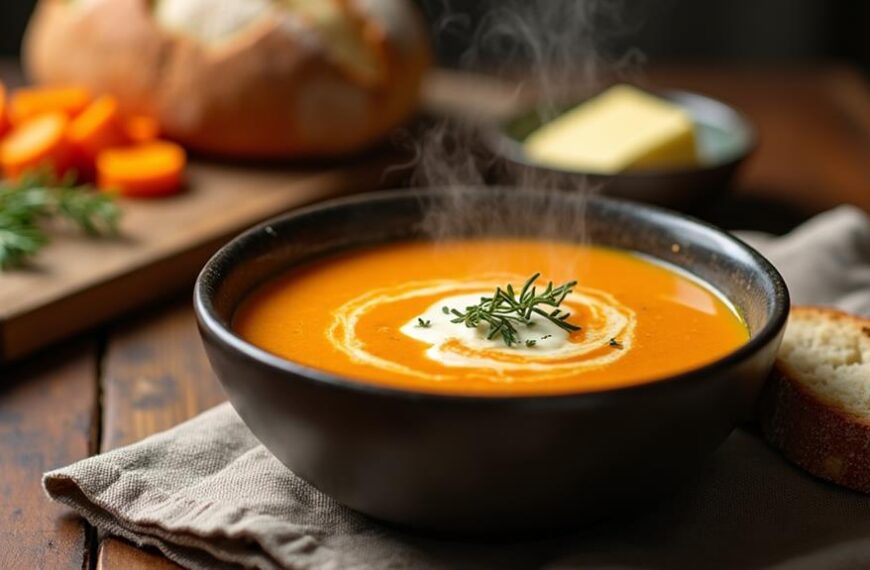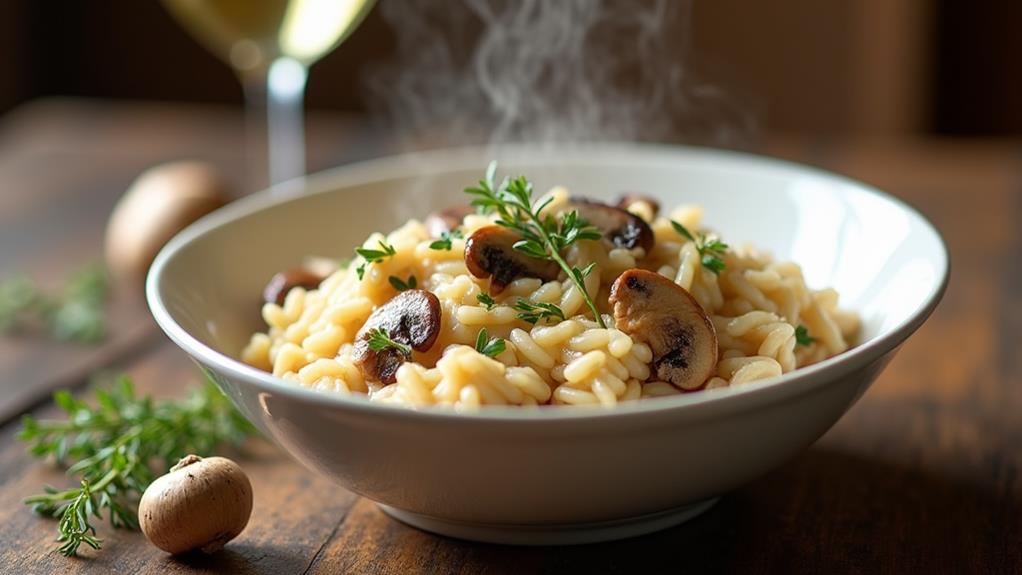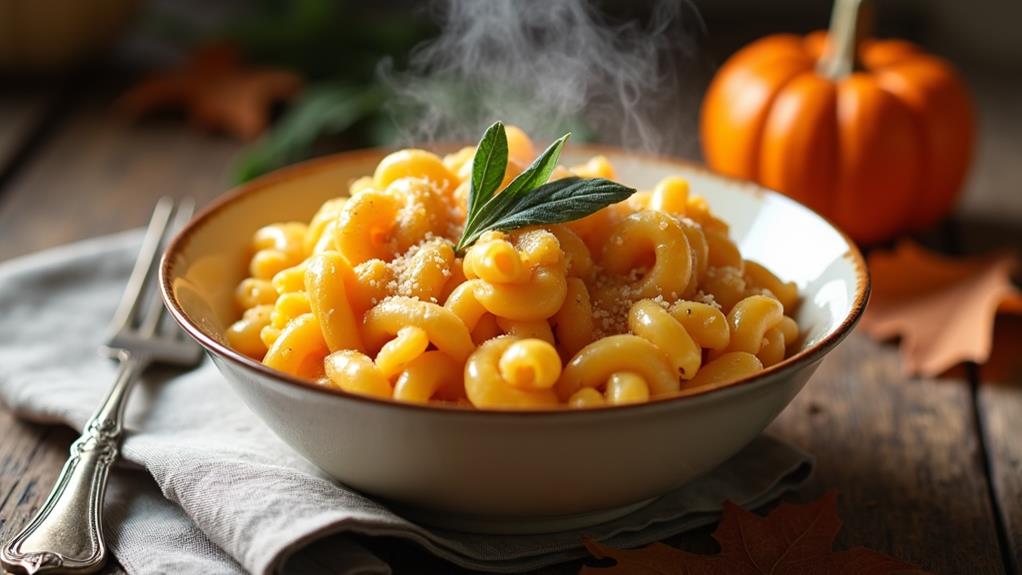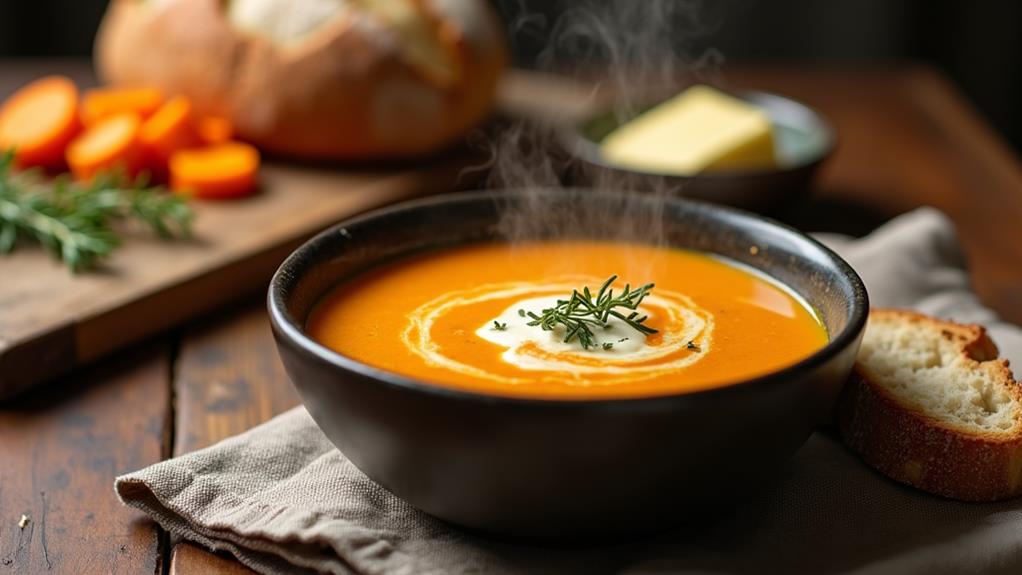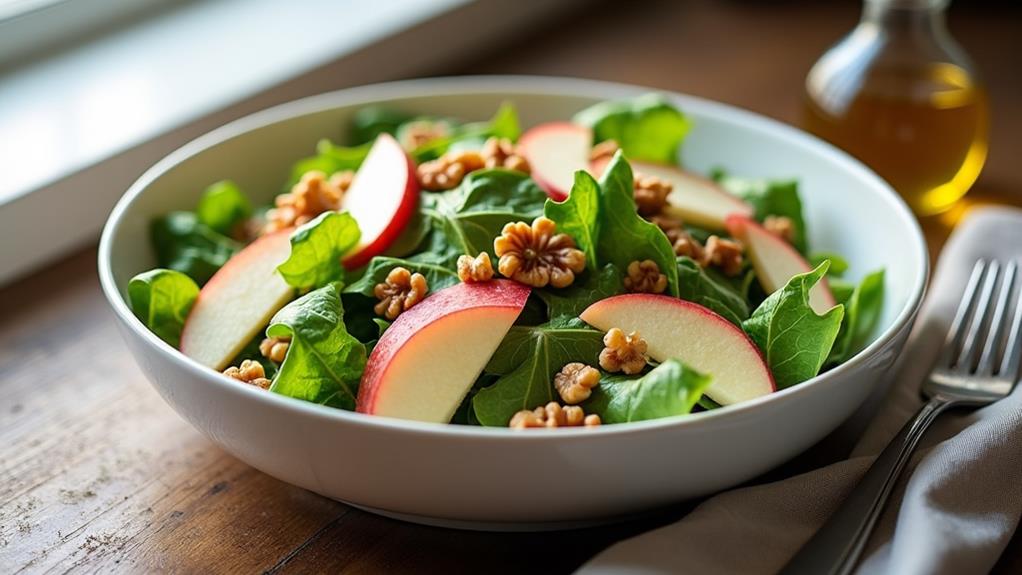Mastering pressure cooking unlocks a world of effortless, flavorful meals. You'll reduce cooking times by up to 70% while preserving nutrients and enhancing flavors. Start by understanding your cooker's features and safety mechanisms. Always perform essential checks, including inspecting seals and valves. Select high-quality ingredients, cut uniformly for even cooking, and layer them strategically. Maintain proper liquid ratios, typically at least 1 cup, to generate steam and pressure. Perfect your timing and release techniques for optimal results. Regular cleaning and maintenance ensure your cooker's longevity and safety. With these fundamentals, you're poised to explore the vast potential of pressure cooking.
Understanding Your Pressure Cooker
If you're new to pressure cooking, understanding your device is the first step to culinary success. Pressure cookers come in two main types: stovetop and electric models. While stovetop versions require manual heat adjustments, electric models like the Instant Pot offer programmable settings for added convenience.
These innovative devices use high pressure to raise water's boiling point, dramatically reducing cooking time by up to 70% while preserving nutrients and flavors. To ensure optimal performance, always add at least 1 cup of liquid to generate steam and maintain pressure.
Modern pressure cookers are equipped with essential safety features, including locking lids, pressure release valves, and fail-safe mechanisms. These innovations prevent accidents and guarantee safe cooking experiences.
Understanding the quick release method is crucial for controlling cooking time and texture. Regular maintenance, such as checking the sealing ring and cleaning after each use, is vital for your pressure cooker's longevity and proper functioning.
Essential Safety Checks
To ensure safe pressure cooking, you'll need to perform essential safety checks before each use.
Begin by inspecting the seals and valves, ensuring they're clean, undamaged, and properly seated to maintain pressure and prevent leaks.
Next, verify that the pressure release mechanism is functioning correctly and free from obstructions, allowing for safe steam release when needed.
Inspect Seals and Valves
Regular inspection of your pressure cooker's seals and valves is a crucial safety practice that shouldn't be overlooked.
By incorporating this habit into your routine, you'll ensure optimal safety and performance while unlocking the full potential of your innovative cooking companion.
To master the art of inspecting seals and maintaining your pressure cooker's vital components, follow these key steps:
- Examine the sealing ring monthly for signs of wear or cracking, replacing it if damaged to prevent pressure loss.
- Clear the pressure release valve of any debris, ensuring it functions properly for controlled steam release.
- Test the safety locking mechanism to confirm smooth engagement, indicating proper sealing during operation.
- Consult the manufacturer's guidelines for specific maintenance instructions on inspecting and replacing seals and valves.
Check Pressure Release Mechanism
The heart of your pressure cooker's safety system lies in its pressure release mechanism. To ensure your cooking adventures remain safe and innovative, you'll need to master this crucial component.
Begin by familiarizing yourself with the two primary pressure release methods: quick release and natural release. Quick release is ideal for delicate foods, while natural release allows for extended cooking without additional heat.
Before each use, inspect the pressure release mechanism for obstructions. This simple step can prevent accidents and ensure optimal performance. Make it a habit to conduct monthly inspections of the release valve and rubber gasket, identifying any wear or damage that could affect pressure build-up and release.
Always consult your pressure cooker's manual for specific instructions on operating and troubleshooting the pressure release system.
Remember, safety is paramount in pressure cooking. Never attempt to open the lid until the pressure has been fully released, indicated by the safety pin dropping or the pressure gauge showing zero.
Test Lid Locking System
Checking your pressure cooker's lid locking system is a crucial step you can't afford to skip. It's the key to ensuring your safety and achieving perfect results every time.
Before each use, make sure the lid locks securely by listening for that reassuring click when the locking mechanism engages. This simple action can prevent accidents and give you peace of mind while cooking.
To master the art of pressure cooking, follow these essential safety checks:
- Inspect the sealing ring, ensuring it's properly seated in its groove to create a tight seal.
- Conduct a visual examination of the lid, looking for obstructions or damage that could hinder proper locking.
- Familiarize yourself with the pressure release methods to avoid accidental lid opening.
- Regularly test the safety features, including the safety valve and steam release handle.
Selecting Ingredients for Success
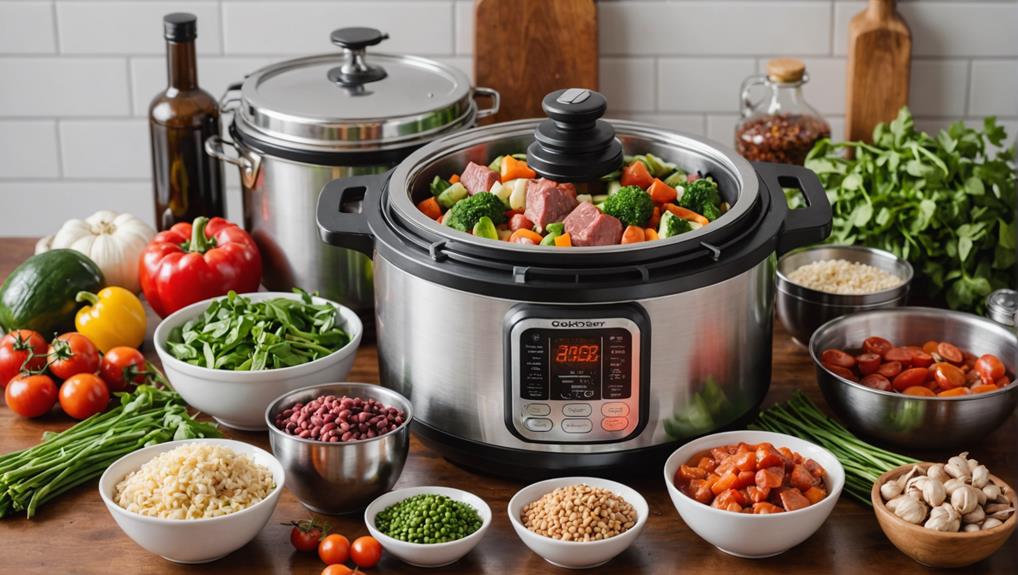
When selecting ingredients for pressure cooking, you'll want to focus on quality over quantity, as the intensified flavors and textures achieved through this method can magnify both the positive and negative attributes of your chosen components.
Before you start cooking, take the time to properly prepare your ingredients by washing, chopping, and measuring them out, which will streamline your process and ensure more consistent results.
To create truly exceptional pressure-cooked dishes, experiment with different flavor combinations, pairing complementary ingredients that will enhance each other during the cooking process, such as hearty root vegetables with robust meats or delicate herbs with lighter proteins.
Quality vs. Quantity Choices
Focused on ingredient selection, successful pressure cooking hinges on making smart choices between quality and quantity.
When crafting your meals, prioritize fresh, high-quality ingredients to elevate your cooking style and boost nutritional value. The high-pressure environment demands premium components to yield exceptional results, much like the rich flavors found in spiced carrot soup.
Remember, it's not about how much you use, but rather the caliber of what you choose.
To master this innovative cooking method, consider these key points:
- Opt for well-marbled meats like chuck roast or thigh cuts for tender, juicy results.
- Select seasonal vegetables and cut them uniformly for even cooking.
- Incorporate fiber-rich dried legumes, soaking them beforehand for improved digestibility.
- Choose organic and non-GMO ingredients when possible for healthier, chemical-free meals.
Pre-Cooking Ingredient Preparation
Preparing ingredients for pressure cooking is a crucial step that can make or break your dish. To unlock the full potential of your pressure cooker, start by selecting high-quality ingredients that'll shine under high-pressure conditions.
When prepping ingredients, ensure uniform cuts for even cooking, preventing undercooked or overcooked pieces. This attention to detail will elevate your culinary creations to new heights, much like how roasting root vegetables enhances their natural sweetness and flavor roasted vegetable techniques.
Always remember to include at least 1 cup of liquid in your pressure cooker. This essential component creates the steam necessary for building pressure and cooking food properly. As you layer ingredients, place harder vegetables or meats at the bottom, with softer items on top. This strategic arrangement prevents overcooking and achieves ideal textures and flavors.
To streamline your cooking process, consider washing and prepping ingredients ahead of time. This innovative approach ensures you're ready to go when it's time to start pressure cooking.
Optimal Flavor Combinations
Mastering optimal flavor combinations is the key to unlocking your pressure cooker's full potential. By strategically layering aromatic ingredients and selecting complementary components, you'll create dishes that are greater than the sum of their parts.
Consider incorporating elements from dishes like herbed quinoa salad for inspiration, as it showcases how fresh herbs and roasted vegetables enhance flavors. Start by placing onions, garlic, and herbs at the bottom of the cooker, allowing their flavors to infuse throughout the meal as it cooks.
To elevate your pressure cooking game, follow these innovative techniques:
- Pair acidic elements like tomatoes or vinegar with rich meats to balance and enhance flavors.
- Incorporate heat-activated spices and seasonings early in the process for maximum impact.
- Layer ingredients based on cooking times, placing sturdy vegetables at the bottom and delicate ones on top.
- Use high-quality broths or stocks as your cooking liquid to impart depth and complexity.
When selecting ingredients, consider how they'll interact under pressure.
Opt for spices that thrive in high-heat environments, such as cumin and coriander. Remember, the cooking liquid you choose will significantly influence the final taste profile.
Perfecting Cooking Times
In order to truly master pressure cooking, you'll need to perfect your cooking times. Precise timing is crucial for achieving optimal results, as pressure cookers dramatically reduce traditional cooking times.
For instance, rice and water that typically take an hour to cook can be perfectly prepared in just 11 minutes when pressure cooked safely. You'll find that cooking times vary significantly depending on the ingredients' state. Fresh chicken drumsticks require about 10 minutes, while semi-frozen and frozen ones need 11 and 12 minutes, respectively.
To ensure accurate cooking times, always turn the sealing knob to the "sealing" position. This maintains pressure and guarantees consistent results.
Pay close attention to specific recipe guidelines, especially when working with different proteins and vegetables. The release method you choose also impacts cooking times and tenderness. Quick release works well for delicate foods, preventing overcooking, while natural release is better suited for tougher cuts.
Maintaining Ideal Pressure Levels
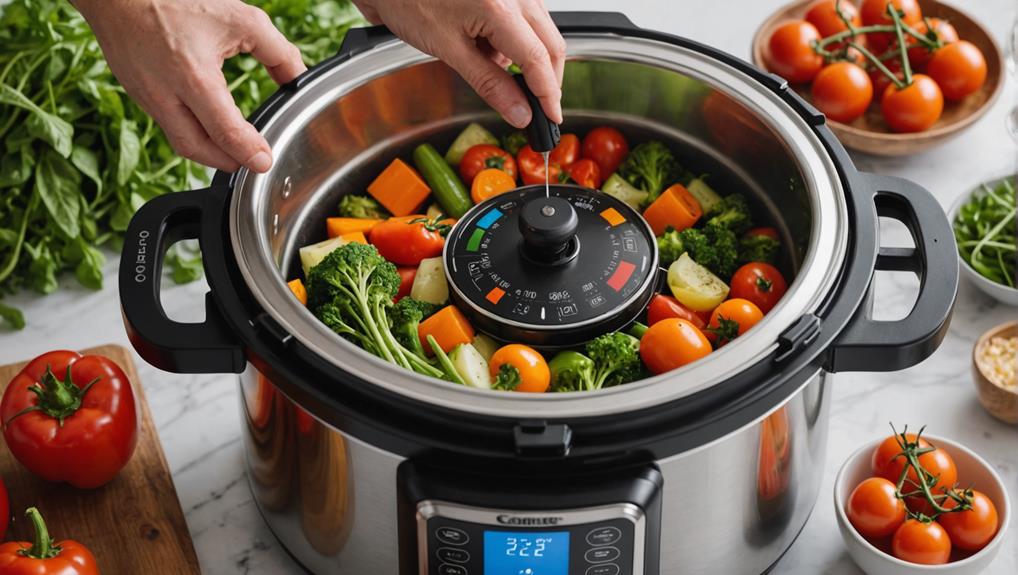
To maintain ideal pressure levels in your pressure cooker, you'll need to start with the basics. Ensure you've added enough liquid, at least one cup, to generate sufficient steam for proper pressure cooking. This fundamental step is crucial for achieving the ideal pressure levels necessary for this innovative cooking technique.
Next, focus on these key aspects:
- Monitor cooking times: Stovetop models typically reach high pressure for 10 minutes, while electric ones may take longer.
- Master pressure release methods: Understand both natural and quick release techniques for optimal texture and flavor.
- Check sealing components regularly: Inspect the ring and vent to maintain proper sealing and pressure.
- Follow recipes closely: Adhere to specific instructions to avoid under or overcooking, which can disrupt pressure balance.
Mastering Liquid Ratios
Precision is key when it comes to mastering liquid ratios in pressure cooking. You'll need to strike the perfect balance to achieve optimal results.
Start by ensuring you've got at least one cup of liquid in your pressure cooker to generate sufficient steam. However, don't exceed the maximum fill line, typically two-thirds of the pot's capacity, to prevent splatter and allow adequate space for steam accumulation.
Consider your ingredients when determining the liquid ratio. Grains of rice, for example, require less liquid than beans or tough meats due to their absorption properties.
When sautéing before pressure cooking, you can start with less liquid, as moisture will be released during the cooking process. For thicker sauces or stews, aim to just cover the ingredients with liquid, allowing steam to circulate evenly.
Proper Release Techniques
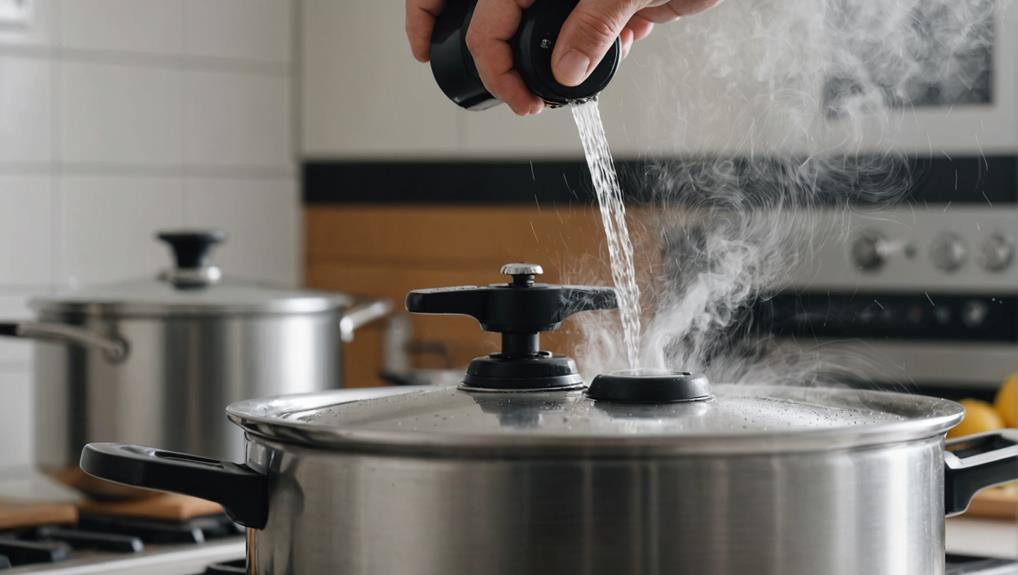
Mastering liquid ratios is just the beginning of your pressure cooking journey.
Now, it's time to unlock the power of proper release techniques. Understanding when to use quick release versus natural release can elevate your meals from good to extraordinary.
Quick release is your go-to method for delicate foods like vegetables and seafood. It halts cooking immediately, preventing overcooking and preserving texture.
Natural release, on the other hand, is perfect for tougher cuts of meat and dishes like beans, allowing for gradual pressure decrease and additional tenderizing.
To ensure optimal results and safety:
- Always consult your recipe for specific pressure release methods.
- Position the sealing knob correctly to avoid spills.
- Keep your face and hands away from the vent during quick release.
- Follow manufacturer's safety guidelines meticulously.
Post-Cooking Care and Maintenance
After the excitement of cooking with your pressure cooker subsides, it's crucial to focus on post-cooking care and maintenance. Your innovative kitchen companion deserves attention to ensure its longevity and optimal performance.
Start by cleaning the pot, lid, and sealing ring thoroughly after each use. This simple step prevents buildup and keeps your cooker in top shape.
Don't forget to inspect the sealing ring monthly for signs of wear. A damaged ring can compromise your cooker's ability to maintain pressure, affecting cooking results.
Store your pressure cooker in a dry area, away from heavy items that could cause damage.
Familiarize yourself with emergency procedures, like performing a manual release. This knowledge is essential for handling unexpected issues safely during cooking sessions.
Follow the manufacturer's guidelines for routine maintenance and safety checks to extend your cooker's lifespan.
Frequently Asked Questions
What Are the Disadvantages of Pressure Cooking?
You'll face safety concerns, precise cooking times, and ingredient compatibility issues. You may struggle with flavor retention and maintenance. It's crucial to master pressure release techniques and understand which foods work best to maximize your pressure cooking experience.
What Is the Science Behind the Pressure Cooker?
You'll find that pressure cookers harness steam retention and elevated pressure to boost cooking temperatures. This innovation slashes cooking times, enhances flavors, and preserves nutrients. Modern safety mechanisms ensure you can explore culinary creativity with confidence and efficiency.
When to Turn off a Pressure Cooker?
Imagine you're cooking a pot roast. You'll turn off your pressure cooker when the cooking time's up. Master timing techniques and safety measures. Monitor pressure levels, adjust recipes, and follow recommended cooking times for innovative, perfectly cooked meals every time.
What Is the Pressure Cooking Method?
You'll revolutionize your cooking with the pressure cooking method. It's a time-efficient technique that uses high pressure to create quick meals while ensuring food safety and flavor retention. You'll love how it transforms your cooking techniques.
Final Thoughts
You've embarked on a pressure-cooking journey, unlocking the secrets to creating culinary masterpieces with ease. Like a seasoned chef, you've learned to navigate the intricacies of your cooker, transforming raw ingredients into flavor-packed meals. Armed with knowledge of safety checks, precise timing, and proper techniques, you're now a pressure-cooking virtuoso. As you continue to experiment and refine your skills, remember that each dish is an opportunity to showcase your newfound expertise. Embrace the art of pressure cooking, and let your kitchen become a stage for culinary excellence.


